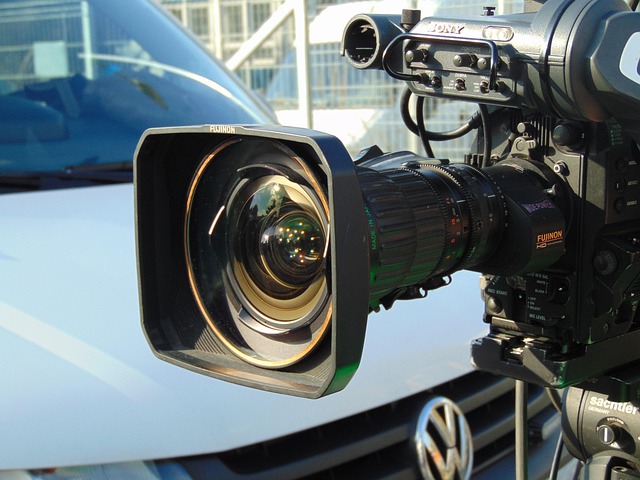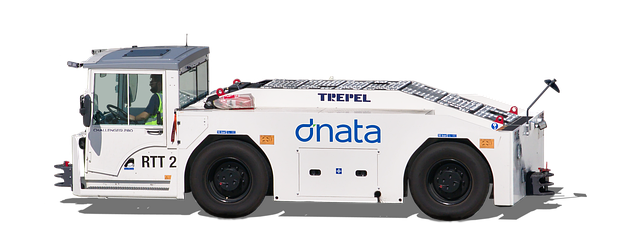Vehicle coverage (auto insurance) protects drivers and their vehicles from financial loss in accidents or unforeseen events. Key components include liability, collision, comprehensive, and personal injury protection (PIP) coverage. Full coverage offers broader protection against risks like theft, vandalism, natural disasters, and accidental damage. When choosing a plan, understand exclusions, compare providers, focus on tailored needs, and know the claims process to ensure adequate vehicle protection without unnecessary costs.
Looking to protect your vehicle comprehensively? Full coverage insurance offers peace of mind by covering not just liability, but also damage to your car. This in-depth guide explores everything you need to know about vehicle coverage. We break down the types of full coverage options available, highlight benefits, and shed light on common exclusions. Learn how to choose the right plan, navigate the claim process, and maximize your protection. Discover why full coverage is essential for every driver.
Understanding Vehicle Coverage: What It Entails

Vehicle coverage, also known as auto insurance, is a safety net that protects individuals and their cars from financial losses in case of accidents or other unforeseen events. It encompasses several key components that work together to provide comprehensive protection. These include liability coverage, which safeguards against claims for damages caused to others’ property or injuries, and collision coverage, designed to cover repairs or replacement costs if your vehicle is damaged in an accident.
Additionally, full coverage typically includes comprehensive insurance, which takes care of damage from events like theft, vandalism, or natural disasters, and personal injury protection (PIP), ensuring that medical bills and lost wages are covered for you and your passengers, regardless of who’s at fault. Understanding these aspects is crucial when choosing the right vehicle coverage to suit your needs.
Types of Full Coverage Options Available

Full coverage vehicle insurance is a comprehensive protection plan that encompasses various risks and damages your car might encounter. The primary goal is to safeguard drivers from unexpected financial burdens, offering protection against common incidents such as accidents, theft, vandalism, and natural disasters. Among the diverse full coverage options available, several key types stand out: collision coverage, which pays for repairs when your vehicle collides with another object or a fixed structure; comprehensive coverage, designed to cover damages from events other than collisions, including theft, fire, floods, and animal encounters; liability coverage, protecting you against claims arising from accidents where you’re at fault, paying for damages to others’ vehicles and medical expenses; and personal injury protection (PIP), which covers medical bills and lost wages for the policyholder and their passengers.
These options allow drivers to tailor their insurance plans according to their specific needs and risk profiles. By carefully considering each type of coverage, individuals can secure peace of mind, knowing that they’re adequately protected on the road. Vehicle coverage is a crucial aspect of responsible car ownership, ensuring that unexpected incidents don’t lead to significant financial strain.
Benefits of Opting for Comprehensive Vehicle Insurance

Opting for comprehensive vehicle insurance offers a multitude of benefits that go beyond minimal legal coverage. This type of policy provides full protection against various risks, ensuring peace of mind while on the road. In addition to covering traditional accidents and damages, comprehensive vehicle insurance includes protection from theft, vandalism, natural disasters, and even accidental damage like rolling into water or hitting a fixed object.
Full vehicle coverage also simplifies the claims process. If an incident occurs, whether it’s a collision with another vehicle, a tree, or a stolen car, having comprehensive insurance means you can file a claim and have your repairs covered without facing significant out-of-pocket expenses. This not only saves time but also helps maintain the value of your vehicle over the long term.
Common Exclusions and Considerations

When considering full vehicle coverage, it’s crucial to be aware of common exclusions and considerations that can impact your policy. Many standard vehicle insurance policies have specific limitations, such as excluding certain types of damage or incidents. For instance, comprehensive coverage typically doesn’t cover wear and tear, regular maintenance, or intentional damage. Additionally, some policies may not include protection for custom modifications or classic vehicles, requiring separate add-ons to ensure adequate coverage.
Another important consideration is understanding what’s included in your vehicle coverage. While liability covers damages caused to others, collision coverage deals with repairs to your own vehicle after an accident. Comprehensive insurance, on the other hand, protects against a wide range of events like theft, natural disasters, and vandalism, offering peace of mind but potentially at a higher premium cost. Reviewing these exclusions and inclusions is essential to ensure you’re not left vulnerable or paying for coverage you don’t truly need.
How to Choose the Right Full Coverage Plan

When selecting a full coverage vehicle insurance plan, it’s crucial to consider your individual needs and preferences. Start by evaluating the type of vehicle you own and its value. High-end vehicles or classics might require specialized coverage options to ensure adequate protection against potential losses. Additionally, assess your driving history and experience; younger or less experienced drivers may need more comprehensive policies to mitigate risks.
Next, compare different insurance providers and their offerings. Look into the scope of vehicle coverage, including liability, collision, and comprehensive clauses. Ensure the plan includes adequate limits for bodily injury and property damage liabilities. Also, check for additional benefits like rental car coverage during repairs, roadside assistance, and discounts for safe driving or bundling policies with other services. Understanding these aspects will help you choose a full coverage plan tailored to your vehicle’s needs.
The Claim Process: What to Expect

When it comes to vehicle coverage, understanding the claim process is essential for a smooth experience if an accident occurs. Here’s what you can expect when filing a claim:
1. Contact Your Insurance Provider: After an incident, reach out to your insurance company as soon as possible. They will guide you through the initial steps and provide specific instructions tailored to your policy.
2. Reporting the Accident: You’ll need to report the details of the accident, including the date, time, location, and circumstances. Provide accurate information about the other parties involved, such as their names, contact details, and insurance information. Your insurer may also request witness statements or police reports if applicable.
3. Documenting Damages: Take photos of your vehicle from various angles to capture the extent of the damage. Keep records of all repair estimates and any communication with your insurance company.
4. Filing the Claim: Complete and submit the claim form provided by your insurer. This typically includes personal details, policy information, and a description of the incident. Your insurance company will then assess the claim based on the submitted documents and evidence.
5. Repairs and Settlement: Once approved, your insurance provider will either pay for the repairs directly to a repair shop or issue a check to you as the policyholder. The settlement amount should cover the costs of repairs and any associated fees according to your vehicle coverage.
Tips for Maximizing Your Vehicle Coverage

When looking for full vehicle coverage, there are several tips to help maximize your protection and peace of mind. Firstly, compare quotes from multiple insurance providers. Don’t just settle for the first offer; take the time to understand different policies and their features. Look into comprehensive and collision coverage options that align with your needs, whether you often drive in adverse weather or frequently tow trailers.
Additionally, review your deductible amounts carefully. While a lower deductible might be tempting, it could lead to higher overall premiums. Choose one that balances affordability and accessibility for potential claims. Remember, staying informed and proactive about your Vehicle Coverage ensures you’re adequately protected on the road.
